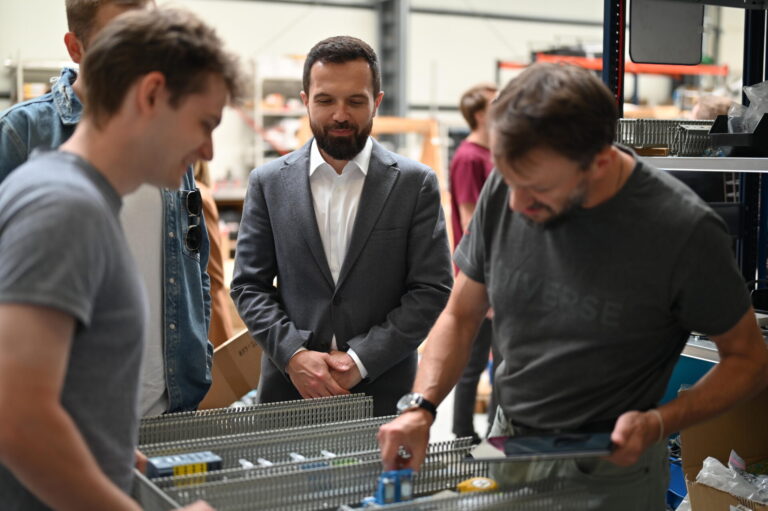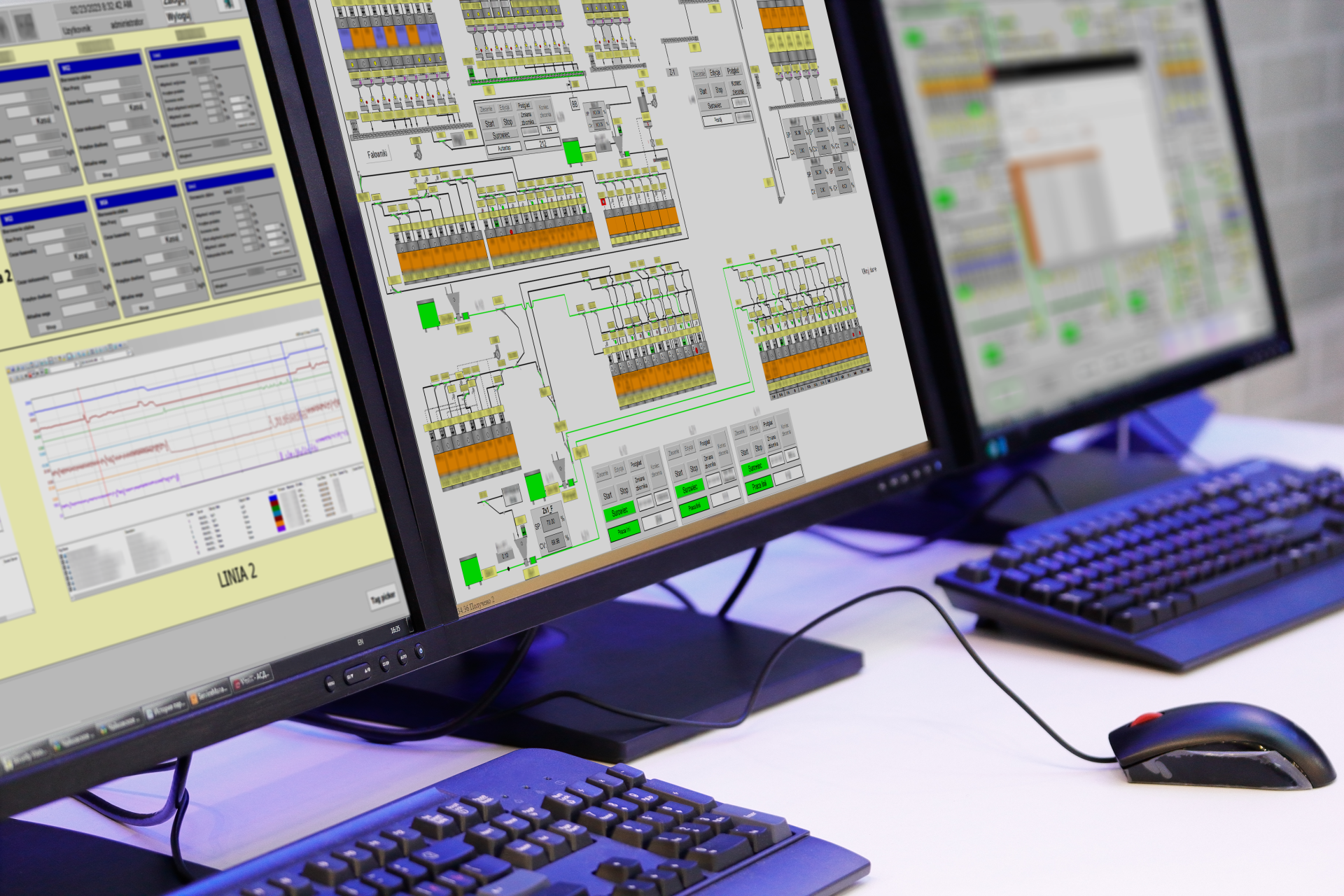The Pareto Principle, also known as the 80/20 rule, is an observation stating that in many cases, about 80% of the effects come from 20% of the causes. In business and management, the Pareto principle is often applied to analyze the efficiency of actions, identify areas influencing outcomes, and optimize resources. In manufacturing facilities, the Pareto rule allows for the identification of key areas affecting production costs.
20% of customers account for 80% of revenue
The basis of the Pareto rule relies on understanding and analyzing the sources of income. In practice, it says that only a small percentage of all customers cover the majority of production costs and generate significant profits for the company. Smaller orders may bring temporary increases in earnings or boost the company’s margins. However, in this case, it is crucial to accurately determine the time required to fulfill these orders. It is also essential to conduct a profitability analysis to avoid excessive resource dispersion. This allows for effective management of the company’s operations.
Pareto in production – analyzing key areas
An essential aspect of Pareto analysis is the identification of areas generating the highest costs. For manufacturing companies, common challenges include indirect costs, such as maintenance and machine cleaning. Additionally, analyzing raw materials can help determine the 20% responsible for 80% of the total material consumption. This can lead to a more efficient utilization of resources and a reduction in production costs.
Efficiency of machinery and equipment
Applying the 80/20 principle in the context of machinery and equipment can be considered from two perspectives:
- Material analysis: When investing in new equipment, it is worth paying attention to the composition of individual components. It may turn out that one element is made of expensive materials like platinum or rhodium, significantly affecting the price. Even if it represents only 20% of the entire machine. The remaining costs related to construction, installation and programming may in turn generate a small percentage of the total value. The application of the 80/20 rule allows the identification of key elements that have the most significant impact on costs and equipment efficiency.
- Determining the role in the production process: Machines often constitute the most costly part of the production process. Therefore, it is crucial not only to analyze the time needed for a particular task, but also to understand its significance for the final product. For example, a machine responsible for packaging a product that has already undergone over 80% of the production process may seem to perform only a minor task. However, its importance, beyond providing protection, may arise from adding visual value and still remains a vital element of the entire production process.
Human operability
In many manufacturing processes, especially in highly automated factories, human involvement is limited. This often occurs in the food industry, where products require time for processes such as pasteurization or fermentation. These stages are often time-consuming, and the human role mainly involves monitoring and process control. Nevertheless, by the time this stage occurs, the person responsible for initial tasks, such as preparing beer wort in brewing, contributed to only 20% of the entire process. However, these actions have a significant impact on the 80% efficiency of the entire process flow.
It is worth noting that even in highly automated environments, human involvement in the initial stage of the process can have a significant impact on subsequent efficiency. Advanced technologies may dominate later production phases, but it is human engagement and skills in the initial stage that can introduce crucial elements that determine the effectiveness of the entire process.
Pareto in production – employee compensation
In the context of the Pareto principle, an important cost aspect is the salaries of specialists who are responsible for a small part of the tasks, but their work is necessary and requires the provision of adequate compensation. In companies that offer internships or apprenticeships, salary costs can be controlled to some extent. However, when four interns are assigned to a team of five, they only provide support for one specialist, who performs 80% of the tasks associated with a given project.
Measuring productivity
Appropriate solutions, such as Enterprise Resource Planning (ERP) systems, significantly facilitate the analysis of time spent on specific assignments. By collecting and processing data, advanced software allows for precise tracking of how much time and resources are allocated to specific tasks. Access to such information enables companies to better estimate costs and plan future projects. This allows for more accurate pricing and budgeting. By having data on profits generated from previous projects, it is possible to assess whether taking on similar contracts is profitable.
Additionally, analyzing individual tasks, stages, and positions within projects is a fundamental element of process optimization. Identifying elements that take more time than necessary allows for the improvement of operational efficiency. This enables organizations to optimize their processes and manage resources more effectively.
Pareto analysis in manufacturing plants allows the identification of areas that generate the highest costs or have a significant impact on production efficiency. In this way, companies can focus their efforts on key elements, leading to cost reduction, increased quality, and improved operational results.
Contact us
Do you want to move your production plant to level 4.0? Are you interested in modern solutions for industry in the field of automation and digitisation? Be sure to let us know!


